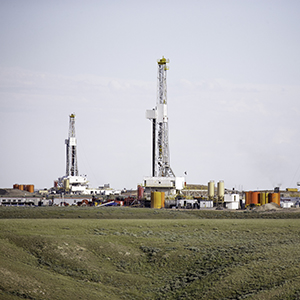Federal Judge Overturns Fracking Rules
June 27, 2016

On June 21, U.S. District Court Judge Scott Skavdahl ruled that the Bureau of Land Management (BLM) does not have the authority to create new rules and regulate hydraulic fracturing (fracking) on federal and American Indian lands. This marks a major victory for the oil and gas industry and gives individual states regulatory rights when it comes to fracking on federal and American Indian lands within their borders.
Judge Skavdahl noted that Congress had not given the right to regulate fracking on federal or American Indian lands to the BLM or the Department of Interior (DOI). Further, the Energy Policy (EP) Act of 2005, which was passed with bipartisan support, specifically excluded fracking, unless the fracking process used diesel fuels, from the Environmental Protection Agency’s (EPA) authority. Judge Skavdahl wrote “The issue before this Court is not whether hydraulic fracturing is good or bad for the environment” but noted that Congress has not given the Department of Interior or any other federal government entity the authority to regulate fracking on federal or Native American lands.
Judge Skavdahl’s ruling came after multiple states, industry groups and an Indian tribe brought forth a lawsuit against the BLM’s 2015 rules requiring oil and gas producers to register the chemicals they use in the fracking process. There have been multiple cases since the 1920s that have dealt with mineral production regulations, but the judge ultimately ruled that the BLM’s attempt to use these rulings to claim their authority over federal fracking regulating, including a court ruling from the 1990s that noted the EPA was responsible for fracking regulations, was incorrect and unjustified.
Hydraulic fracturing is the process of injecting pressurized liquids into rock formations in order to break up the formations and access trapped natural gas, oil and other products. This process has been utilized by oil and gas producers since the 1940s and 1950s but really gained steam in the 2000s when technological advances in horizontal drilling and shale formation fracking really took off. According to the Energy Information Administration’s Annual Energy Outlook 2016, shale production accounted for approximately 48% of U.S. dry gas production in 2014 and is projected to make up 69% of dry gas production by 2040.
































































































